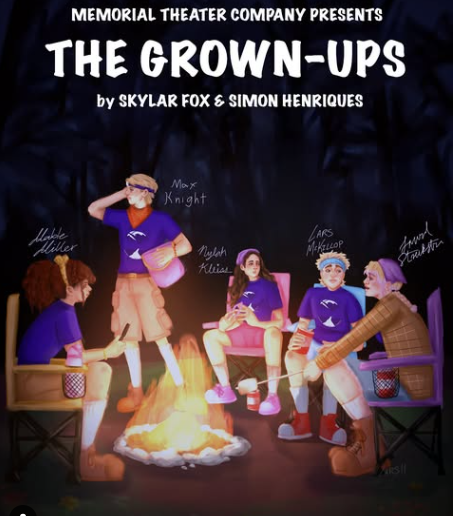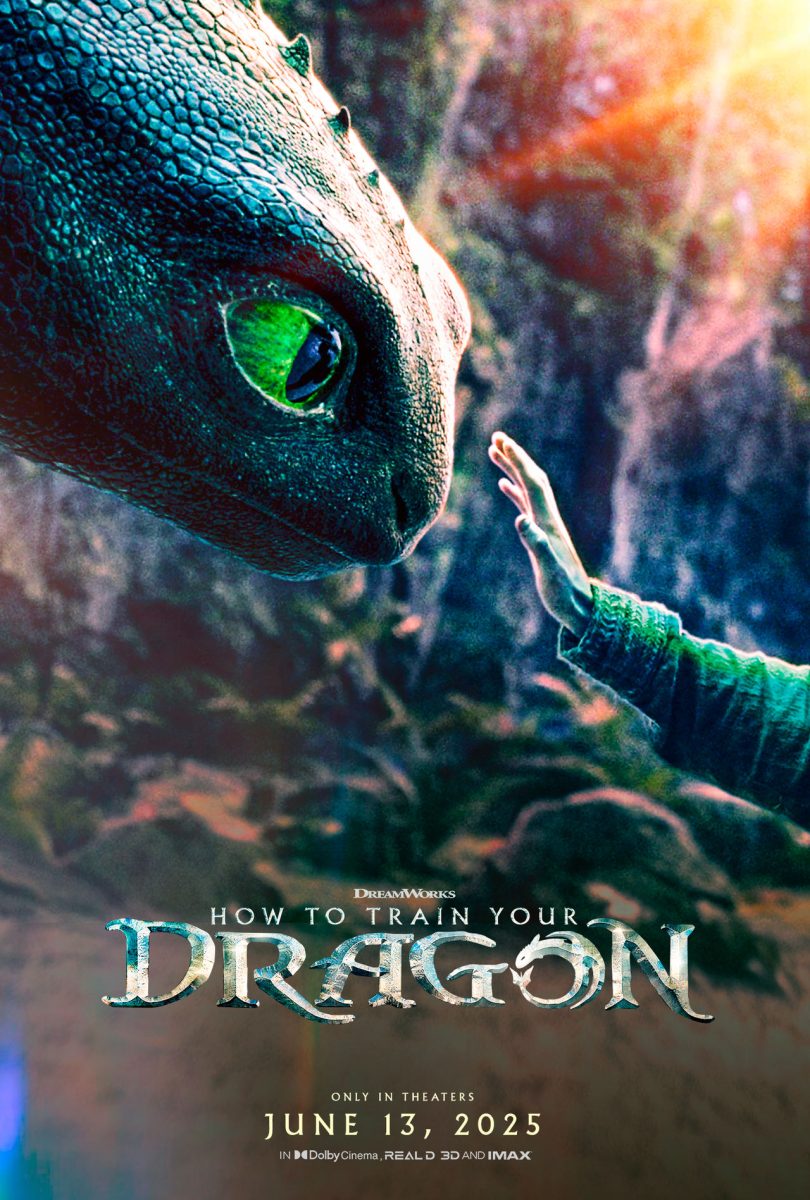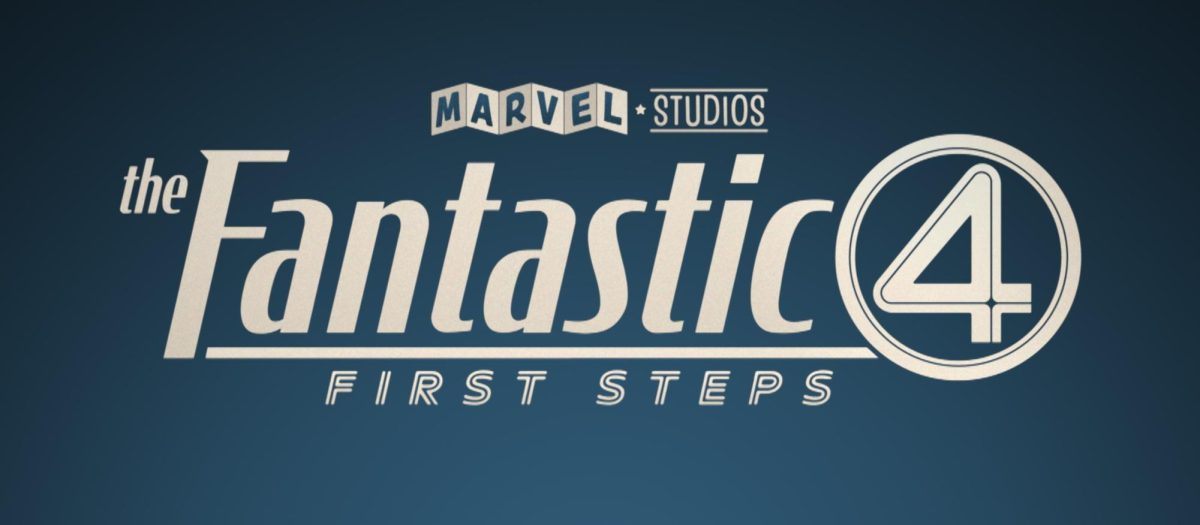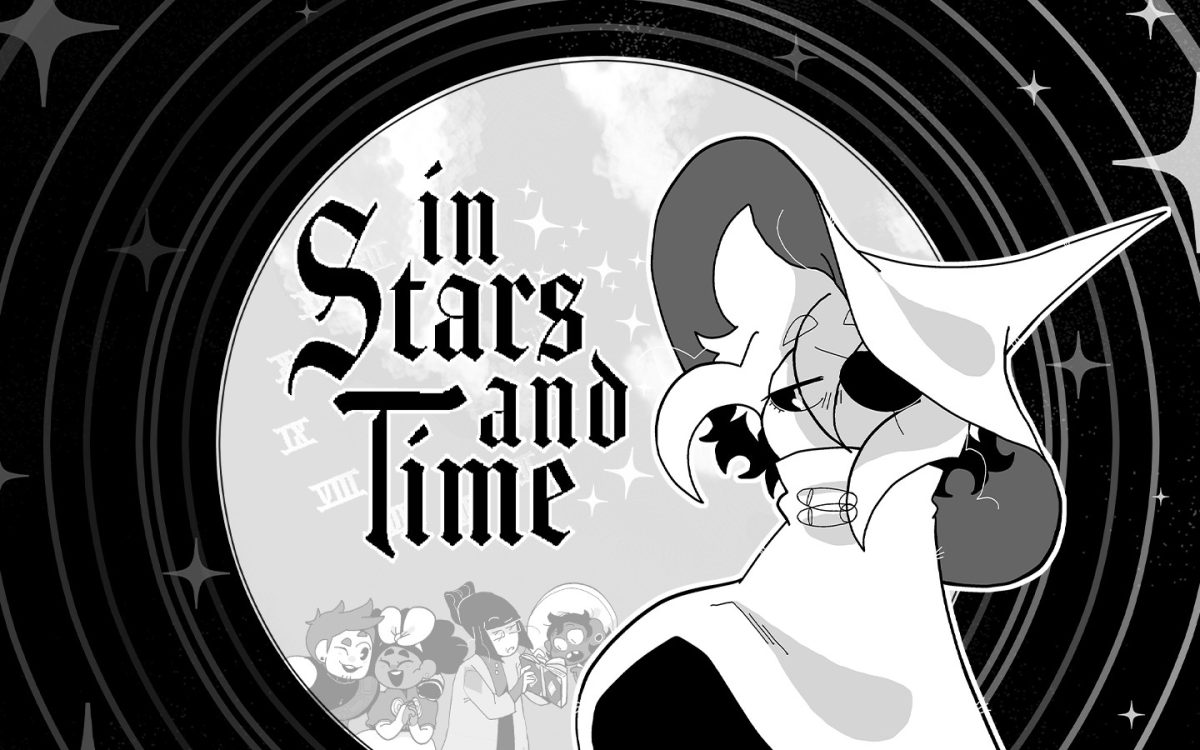Video games as a medium for serious storytelling has gained a lot more popularity in recent years, largely due to high-profile story-centered games like Undertale or The Last Of Us. The blending of gameplay and narrative makes for a unique experience that, when done correctly, creates a fascinating story that engages and immerses the audience to a degree that other mediums are literally incapable of. This is in part due to the medium’s inherent nature—there are just so many tiny ways you can integrate story elements into gameplay, from item descriptions to battle systems—and in part due to the willingness of so many brilliant video game developers to utilize the medium in a way exceptionally few creators do.
One shining example of this ludonarrative synchronization is In Stars And Time, which is almost certainly the best game I’ve ever played, and one of my favorite stories of all time.
In Stars And Time (trailer here) is an RPG set on…the last day of an RPG. The cast has already assembled, the MacGuffins already found, and all that’s left is for the party to enter the final dungeon, kill the end boss, save the country, and part ways. And then the character the player controls, Siffrin, gets crushed by a rock and dies on the first floor.
This is where the time loop mechanics come into play.
But before I begin discussing anything that you can’t glean from the trailer, I’m going to give my best, non-spoilery pitch for playing this game. (I went into it with massive spoilers and still had a fantastic time, so if you haven’t played it you can still read this article, but if you play it first you’ll have a much better idea of what I’m talking about.)
In Stars And Time is an amazingly written and beautifully drawn game, with some of the best characters I have ever seen. They’re all absolute delights. All of the dialogue feels shockingly natural, the exposition is far from tedious, and the world is built through the player’s exploration of it. The gameplay itself is very fun—I frankly adore the battle system (it’s based off of rock, paper, scissors, something that played hilariously straight). And the story. God. The story.
The sheer range of this game’s narrative is awe-inspiring. I laughed. I cried. I stared at a wall for a real, actual hour after finishing the game. I’m not joking. This game has some absolutely hilarious moments—terrible puns, short character conversations, so many wonderful little things that you can miss—and some incredibly raw ones. It includes some of the best discussion I’ve ever seen of what it means to struggle with one’s own identity through a number of facets, including religion, gender, sexuality, and ethnicity. It’s a fantastic game. Go play it.
That being said, readers beware. From here on out, there will be vague spoilers for the entire game.
In Stars And Time is a game about Siffrin—a character who, notably, would not be the main character if not for the time loop—who is stuck in a time loop in the final days of an RPG. You follow him as he makes increasingly questionable decisions in hopes of escaping said time loop—first progressing through the House to beat the King, then investigating various avenues by which the time loop could’ve come to be, and eventually attempting to kill the King completely on his own, leaving the rest of his party behind. Throughout this, you are forced to backtrack through time in order to locate various keys, avoid traps, and generally fix mistakes.
This forced repetition is one of the more divisive elements of gameplay. Some say the game gets too repetitive and becomes boring, but I don’t think that’s the right word.
It would be more accurate to say that it gets frustrating. I won’t lie to you, it does. The encounters begin to feel like a chore. Eventually, dialogue becomes something to be skipped rather than savored. There’s a point on Floor 3 where I picked every single wrong path and had to do the entire thing over like three times; only to learn that there was a key I’d missed on Floor 2 so I had to go back, get the key, and do it a fourth time. It was mildly infuriating.
But the thing is, the player isn’t the only person who gets frustrated with the loops. Siffrin does too. The irritation the game makes you feel at the constant repetition is mirrored (with varying levels of accuracy depending on how impatient you are) in Siffrin, who also grows increasingly upset with the loops—something that is first shown in their internal monologue but slowly begins to permeate their dialogue, character portraits, and even their attacks. The game makes the player empathize with a character entirely through an element of gameplay, which I think is downright incredible.
It doesn’t even waste your time to do it. In every dead end, there’s something interesting to see. Maybe it’s something that triggers a small side quest, or a password for a locked room, or even just a funny conversation you get to see from interacting with a certain item—every single part of this game is worth exploring.
It also gives you the ability to skip dialogue that you’ve already seen, explaining it in-character as Siffrin zoning out, and while the battles do get a little tedious, the game provides multiple ways to speed them up or outright avoid them.
This leads into my next main point: the battle system. I really like the battle system. It uses an active-time system, which is turn-based gameplay but with timers set on each turn. Instead of there being a set turn order, each entity has an action gauge which fills up at varying speeds and determines when they can go. The rock, paper, scissors aspect comes into play with types—everyone is either a rock, paper, or scissors type and mainly uses the corresponding attacks—and with the jackpot mechanic.
When you use either a rock, paper, or scissors type attack five times in a row, it triggers a jackpot attack, a massive attack of whatever type is used to trigger it carried out by the whole party. It also heals everyone and revives any K.O.ed party members, providing an even larger incentive for setting them up. Jackpots add another interesting aspect to an already entertaining battle system, but what’s really interesting is its role in late game.
In Act 4, Siffrin gets a new attack. It just shows up once you start the Act, no fanfare, no nothing. And unlike Siffrin’s other attacks (all of the characters have very different naming schemes for their attacks, which is a brilliant way of characterizing them and I love it so much), it isn’t a pun. It’s called ‘Just Attack’, and is the only one in the game described as dealing ‘massive’ damage, as well as the only attack to give zero jackpot points. (It’s also Siffrin’s special attack—all of the other party members can unlock special attacks if you complete their character quests, and when they use them there’s a special pop-up image on screen. ‘Just Attack’ is the only one of Siffrin’s abilities that has a pop-up.)
Suddenly, you have the ability to absolutely shred most enemies in a single hit. Suddenly, combat becomes a matter of waiting to press a button—sure, you could go through the trouble of setting up a jackpot, but why bother? What’s the point? Suddenly, you don’t need the other party members at all.
The introduction of ‘Just Attack’ solidifies Siffrin’s already growing distance from the party. As you progress through the loops, Siffrin retains his levels but the rest of the party does not. The power gap isn’t noticeable early on—just a few levels, nothing big—but later in the game and especially by Act 4, Siffrin is significantly more powerful than the rest of the party.
While the rest of the party will end up stagnating in the fifties (unless you’re actively trying to get them to a higher level), Siffrin won’t. He continues to change, but the world around him stays the same.
This is true both power-wise and mentally. Siffrin’s isolation from their party is twofold—they’ve been repeating the same two days to the point where they begin to view the world as a play and their close friends as characters (something that is NOT encouraging any semblance of mental stability) and they’re strong enough that they don’t even need them in battle anymore. The party can’t provide emotional support because he won’t tell them what’s happening, and they’re practically made superfluous in battle.
And the kicker is—the party notices! They comment on it! There are numerous places throughout Act 4 where the party takes notice of how starkly Siffrin has changed and they go ‘oh hey that’s weird’ and the first time I saw it I lost my MIND.
I was so used to games where no matter how ridiculously overpowered your characters were, nothing changed. You know how it goes—you’re level eighty, the enemies are level fifty, and there’s STILL a piece of dialogue where the enemies are gloating that all are but worms beneath them, and you just kinda look at the screen and go, “Really? Really?”
And it’s stupid, and it’s funny, and you dismiss it as a quirk of the medium. It’s just the way it is. Suspend your disbelief.
So when that power creep is called out? When it’s discussed completely in-character? It catches you off guard in the best way possible.
And this isn’t the only place characters will notice things that usually get waved off through suspension of disbelief. They’ll notice when you solve certain puzzles right away, or know where a trap is ahead of time, or just act kind of weird—heck, it’s even possible for one of them to figure out that Siffrin is in a time loop.
All of this comes as a shock not only to the player, but to Siffrin. Siffrin is just as if not more thrown off whenever they comment on things that have become normal for him, because he has begun to view his world and the people within it as static characters rather than the dynamic, changing, real people they are to him.
A lot of stories get the audience to empathize with a character by immersing them in the story and drawing them to the character’s perspective. In Stars And Time not only does this, but it also gives Siffrin a degree of the player’s meta perspective while still keeping them firmly behind the fourth wall.
In Stars And Time is a fantastic game that blends gameplay elements with narrative so seamlessly that it doesn’t quite feel like playing a game. It feels like playing a story—not in a visual novel way, not in a this-is-a-movie-we-added-decision-making-and-some-button-presses-so-you-feel-included way, but actually playing and being immersed in something that is a story. It’s a wonderful experience, and if anything I’ve talked about sounds even vaguely interesting—go play it!! It’s available on PlayStation, Nintendo Switch, Steam, Itch.io, and GOG.

















































![Image credit to [puamelia]](https://memorialswordandshield.com/wp-content/uploads/2025/08/3435027358_ef87531f0b_o-1200x803.jpg)




Maggie B • Jul 29, 2024 at 10:30 am
This is a really great article content wise–you really nailed what makes the game such an achievement.
However, for some reason you only referred to the character Siffrin as “he,” when he also uses “they.” The game itself frequently switches between the two, sometimes even mid-sentence, and it would be appropriate to do the same when discussing the character for any length of time.
Amalia Weix • Sep 8, 2024 at 9:53 pm
Thanks for the catch! I’ve updated the article to more accurately reflect Siffrin’s pronouns. I’m glad you enjoyed reading!
Micah Rubel • Jun 26, 2024 at 1:10 pm
I played this a couple months back, and it solidified itself as one of my favorite games of all time. I simply could not put it down.
The characters are probably the single best characters I’ve ever seen in a game.
I’m glad I’m not the only one who appreciates it.